Things That Go Bump in the “Might”: SciFi’s Scary Stories
October First is traditionally the day my children insist on hauling the Halloween decorations out of the attic. As they get older, the ornaments get spookier and the costumes get scarier, so that our house is no longer about Trick-or-Treat… Now it’s about Freak-and-Fright. And I have to admit I like it that way. It seems appropriate to terrify ourselves as this half of the world turns its face from the light of day, and the vegetation starts to die its little death, leaving bare-barked skeletal silhouettes outlined against the lunar disk. That’s why I think most cultures dance with the dead in some way or other around mid-autumn. Whether it be All Hallow’s Eve, Dia de los Meurtes, Samhain, or the over-commercialized modern Halloween, as winter’s deathly chill draws nigh we seem to have a instinctual need to remind ourselves that the world can be rather scary.
So it’s a perfect time for reading horror stories. And the best horror for that purpose can be found in science fiction.
I’m sure my saying this will cause vampire junkies to roll over in their wannabe graves and also raise the hackles of werewolf-philes, but I believe it is true, for this simple reason: an evil of humankind’s own making is much scarier than some thing that goes bump in the night. In portraying worlds that might actually be possible, scifi shows us that the real world is, in fact, very frightening – not by positing inherently evil supernatural beings, but instead by showing us the sometimes very real evils which lurk within ourselves.
So in honor of the forthcoming holiday of horrors, I reread three of what I consider to be some of the best classic scifi horror novels ever: Mary Shelley’s Frankenstein, H.G. Wells’s The Invisible Man, and H.P. Lovecraft’s At the Mountains of Madness. All three show us just how scary a world we humans are capable of creating.
Frankenstein: A Modern Prometheus (1818)
Mary Shelley penned what is often dubbed the first science fiction novel, and what is also one of the earliest horror novels. If all you know about Frankenstein is from film – either the classic black-and-white with Boris Karloff or the more recent one with Bobby DeNiro – you will find the original text is something quite different. Shelley uses a traditional epistolary format, having the story documented through the letters and journal entries of Walton, the leader of a sailing expedition to “unexplored regions” of the Artic, after he encounters a lone figure in the icy waste. This tactic lends verisimilitude to the tale.
The basic story I’m sure everyone knows. A scientist brings to life a man who becomes an uncontrollable monster. Frankenstein (the name of the scientist, not the monster, as many erroneously think) describes that fateful night: “With an anxiety that almost amounted to agony, I collected the instruments of life around me, that I might infuse a spark of being into the lifeless thing that lay at my feet. It was already one in the morning; the rain pattered dismally against the panes, and my candle was nearly burnt out, when, by the glimmer of the half-extinguished light, I saw the dull yellow eye of the creature open; it breathed hard, and a convulsive motion agitated its limbs.”
This is, above all, a tale of hubris, expressed by Frankenstein thus: “When I reflected on the work I had completed, no less a one than the creation of a sensitive and rational animal, I could not rank myself with the herd of common projectors. But this thought, which supported me in the commencement of my career, now serves only to plunge me lower in the dust. All my speculations and hopes are as nothing, and like the archangel who aspired to omnipotence, I am chained in an eternal hell. My imagination was vivid, yet my powers of analysis and application were intense; by the union of these qualities I conceived the idea and executed the creation of a man.…. I trod heaven in my thoughts, now exulting in my powers, now burning with the idea of their effects. From my infancy I was imbued with high hopes and a lofty ambition; but how am I sunk!”
This trope of a man-made monster run amok goes back at least as far as the golem in Jewish legend, and a similar idea is also found in Goethe’s 1797 poem “The Sorceror’s Apprentice” (which Disney later adapted into the Fantasia short), but Shelley’s is the first version which relies upon a scientific explanation rather than mysticism or magic. The idea of artificial intelligent life which throws off the yoke of its creator has since appeared in numerous other scifi novels, including Edgar Rice Burroughs’ Synthetic Men of Mars, Isaac Asimov’s Robot series, and Marge Piercy’s He, She, and It (1991), as well as in film media, such as Wargames (1983), and the Terminator film series.
The monster begins his strange life as noble and good, desiring only companionship and acceptance. It is his rejection by not just his creator but by all of society which drives him to violence and revenge. One almost sympathizes with the wretched creature, who in his own words explains, “Of my creation and creator I was absolutely ignorant, but I knew that I possessed no money, no friends, no kind of property. I was, besides, endued with a figure hideously deformed and loathsome; I was not even of the same nature as man. I was more agile than they and could subsist upon coarser diet; I bore the extremes of heat and cold with less injury to my frame; my stature far exceeded theirs. When I looked around I saw and heard of none like me. Was I, then, a monster, a blot upon the earth, from which all men fled and whom all men disowned?” The nameless monster is thus man-made in two senses: he has been literally created by Frankenstein, but his monstrosity comes from the actions of the men and women he encounters. The evil ascribed to the creature thus becomes merely a reflection of and a reaction to the wickedness found in humanity itself. And what could be more terrifying than ourselves?

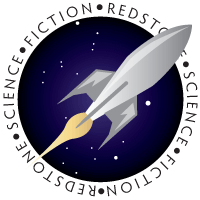
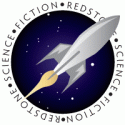



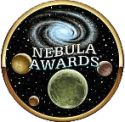

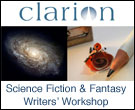


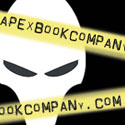
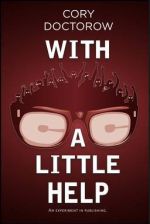
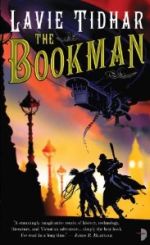
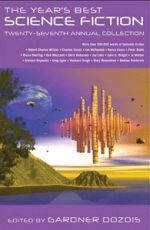
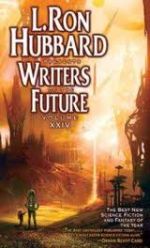
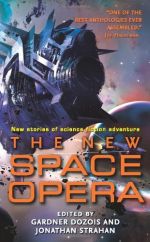
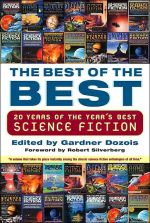
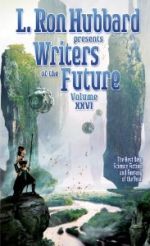
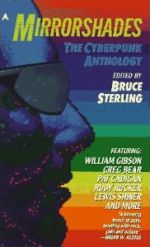
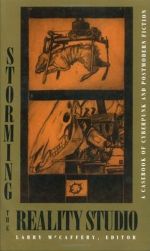
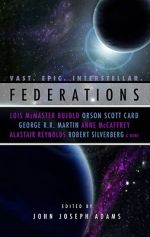
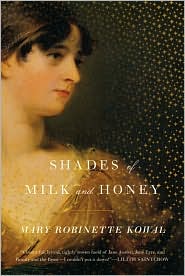

3 comments
I found that the short story ‘The Dreams in the Witch House’ was a bridge between horror and science in Lovecraft’s writing. The formulae used by Keziah Mason were magic as the Puritans understood them, but it can be argued that they were math equations that opened a fourth dimension.
The scariest SF I ever read was Ellison’s “I Have No Mouth, But I Must Scream”. Yikes! That kept me up at night. Check it out, if you dare.
[…] Things That Go Bump in the “Might”: SciFi’s Scary Stories by Henry CribbsInterviews An Interview with editor John Joseph Adams by Michael […]